CHAPTER
1
An Invitation to Social Psychology
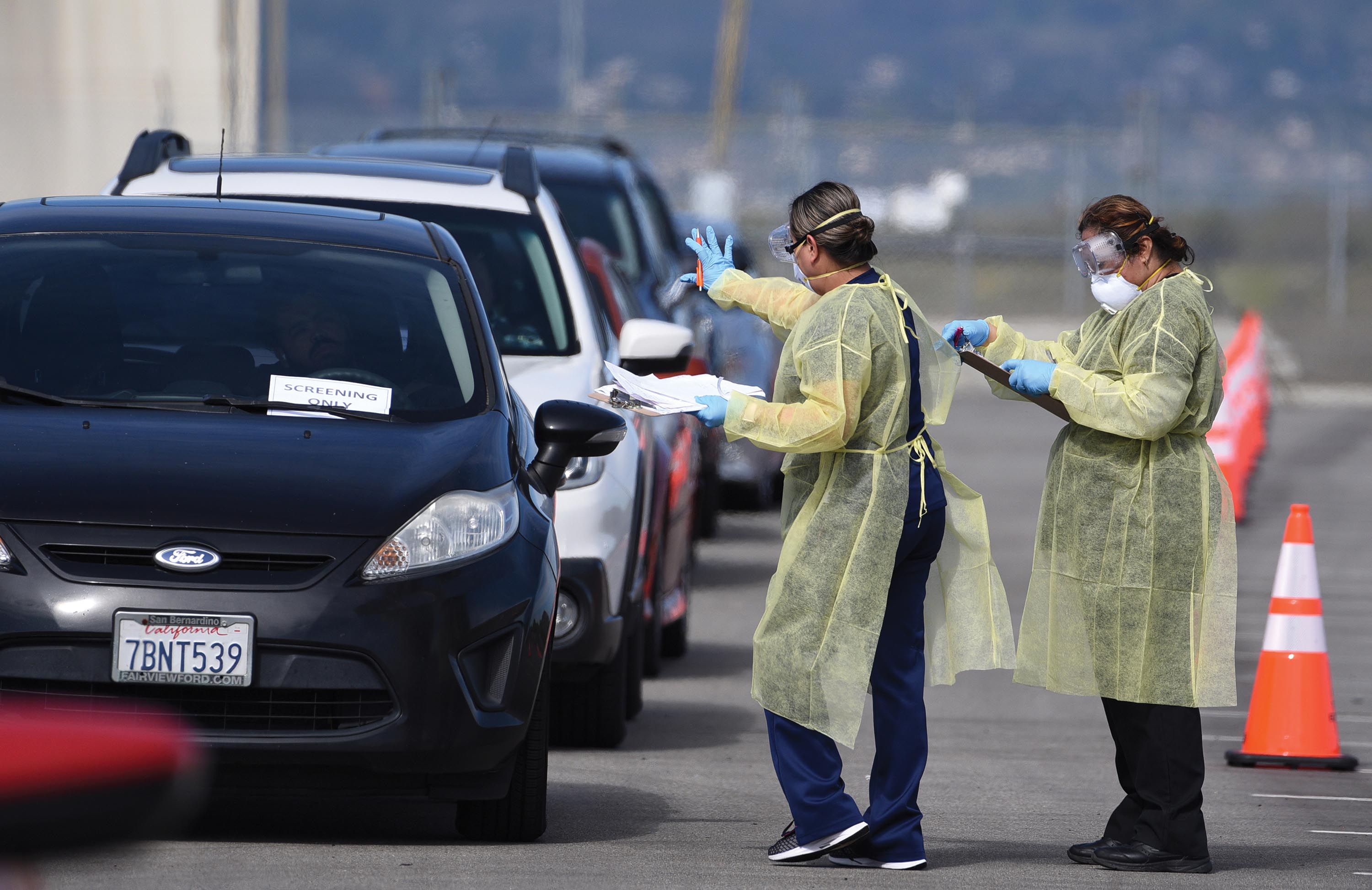
What kinds of people were most likely to get COVID-19 vaccinations?
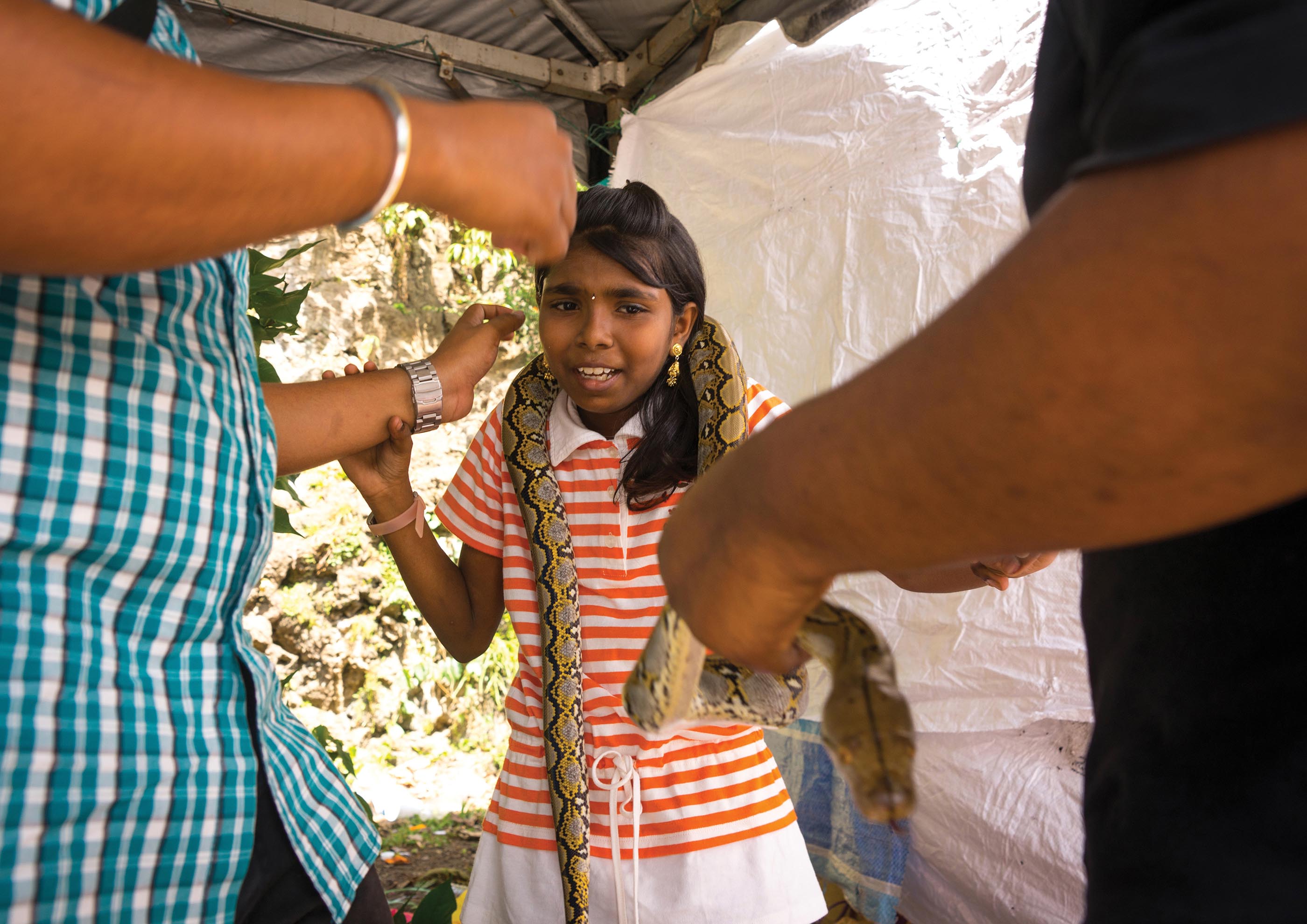
How do we respond so quickly to fearful situations?
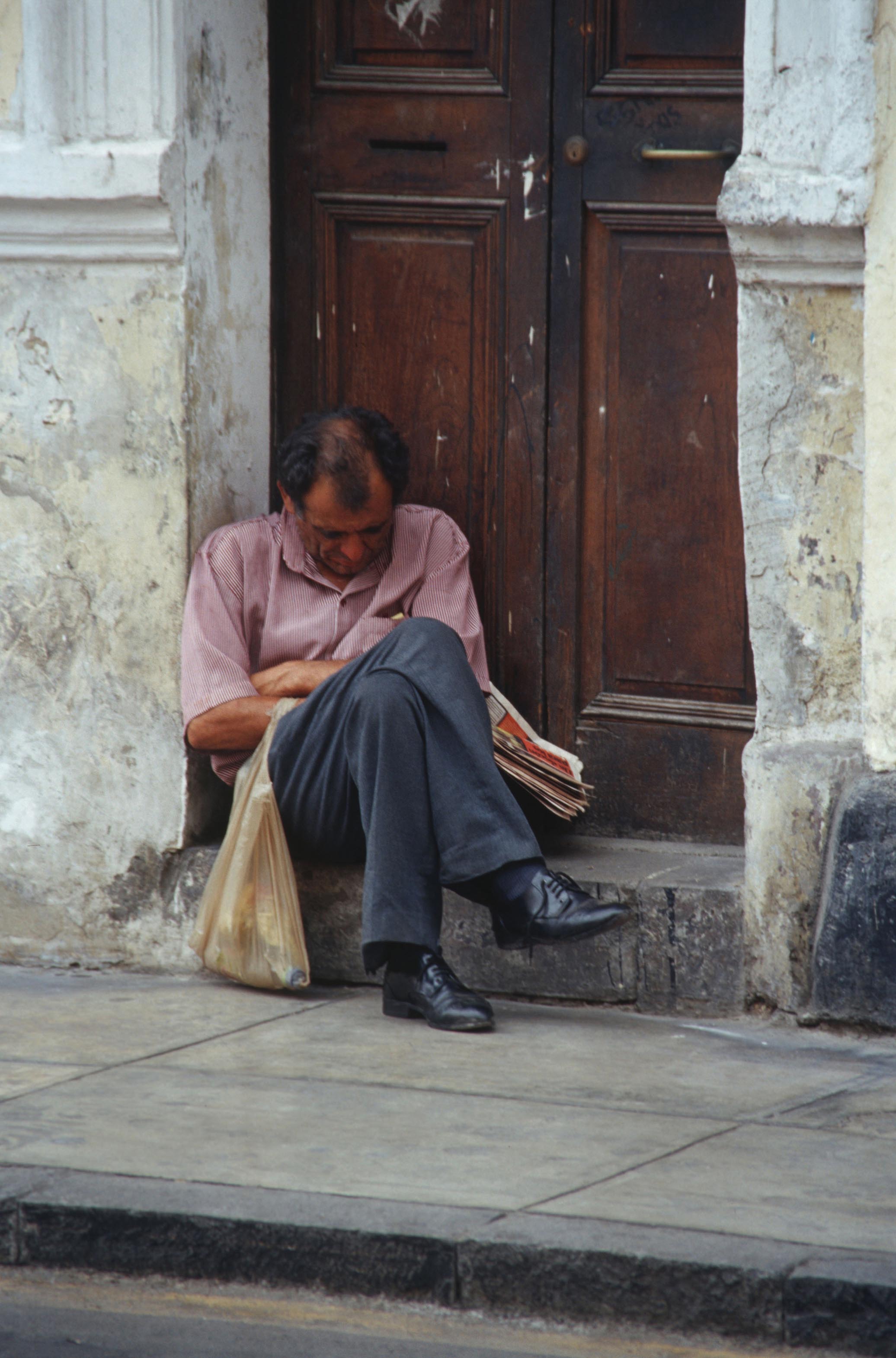
Why are we quicker to blame a person’s behavior on dispositions than to situational influences?
IN JANUARY OF 2020, AMERICANS received the first news of an ominous health threat. A highly contagious virus, SARS-CoV-2, spread quickly around the world, giving rise to the respiratory illness COVID-19 and creating a pandemic that had claimed, by the summer of 2022, more than one million lives in the United States alone and more than six million worldwide.
Experts on infectious diseases quickly realized that halting the spread of the virus and saving lives would require much more than medical intervention. Getting people to take the steps necessary to deal effectively with the pandemic would require the application of what is known about how the human mind works and how social groups function. It would require the application of social psychology.
Early on, when little was known about the virus, people were encouraged to wear masks, to refrain from going out in public as much as possible, to wash their hands frequently, and to scrub everything they had gotten from the grocery store. Being recommendations rather than mandates, these guidelines required people to engage in risk-reward calculations that involved trade-offs between the costs of various actions such as wearing a mask (“Sure, it’s no problem to wear it while I duck into the grocery store, but having it on all day long at work is tiresome.”) and the likely benefits of doing so (not contracting the virus and not spreading it to others). As you will see in Chapters 4, 7, and 8, these calculations are sometimes very deliberate and rational but more often are based on quick, intuitive assessments, such as “What is everyone else doing?” or “I’m healthy; the virus isn’t going to harm me.”
Such thoughts raise the question of whose costs and benefits are included in these calculations. Early on in the pandemic, when public health officials were obsessed with “flattening the curve,” the problem to be solved was not just how to minimize the number of deaths from the virus but how to prevent hospitals from being so overrun with COVID patients that they couldn’t deal with any other problems. Public health officials wanted to make sure that cousin Gabriela would still get her cancer treatment, Uncle Jamal could still have bypass surgery, and the young man down the street would get the prompt attention his gunshot wound demanded. Some people more naturally include others in their cost-benefit calculations. As you’ll see throughout this book, people from different parts of the world, different social classes, different ethnicities, and different political ideologies differ in the degree to which they think in individual versus collective terms. As a result, anyone trying to get the public to do what’s necessary to control the pandemic would be wise to “know their audience” and tailor their efforts with these differences in mind.
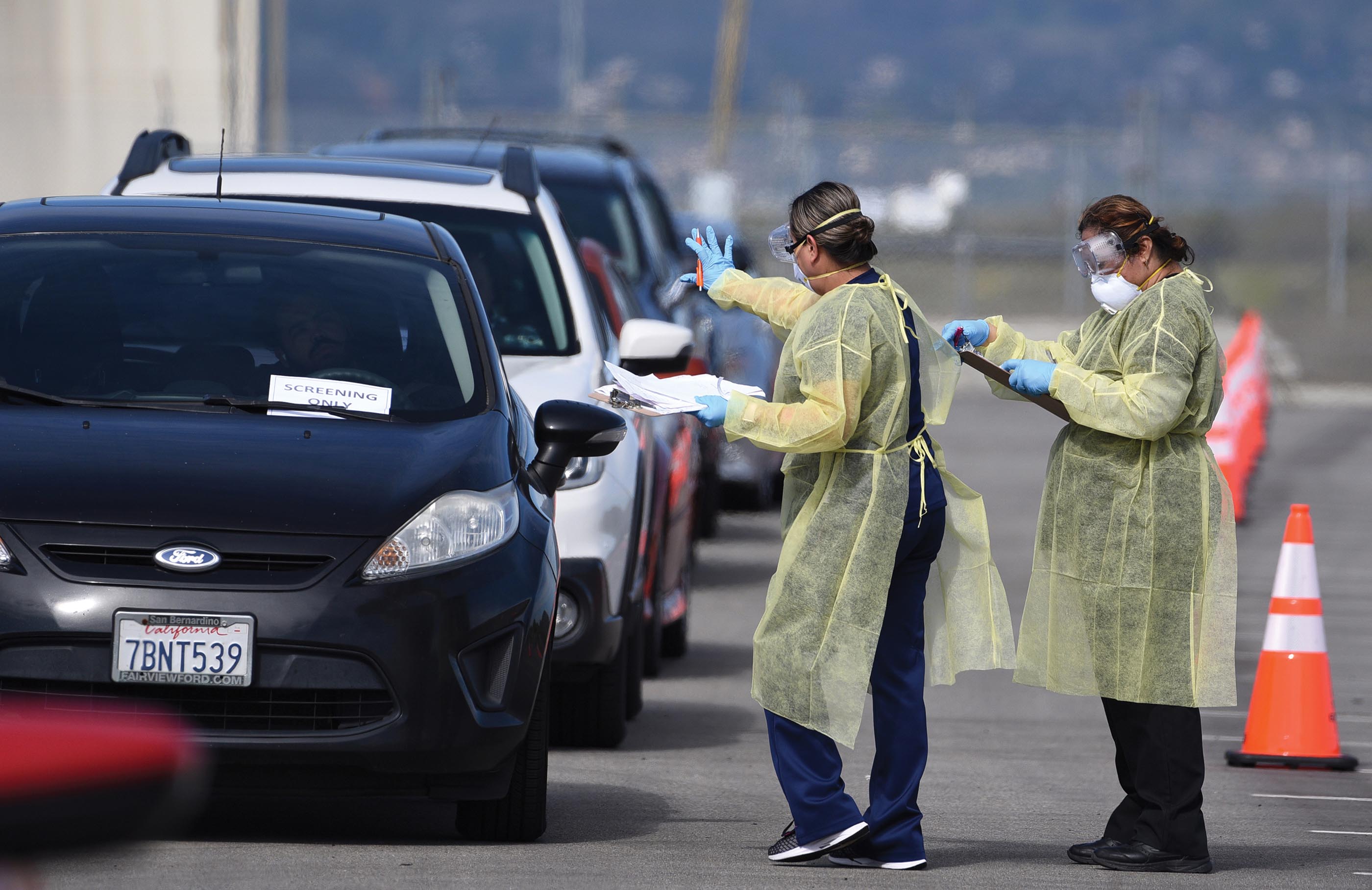
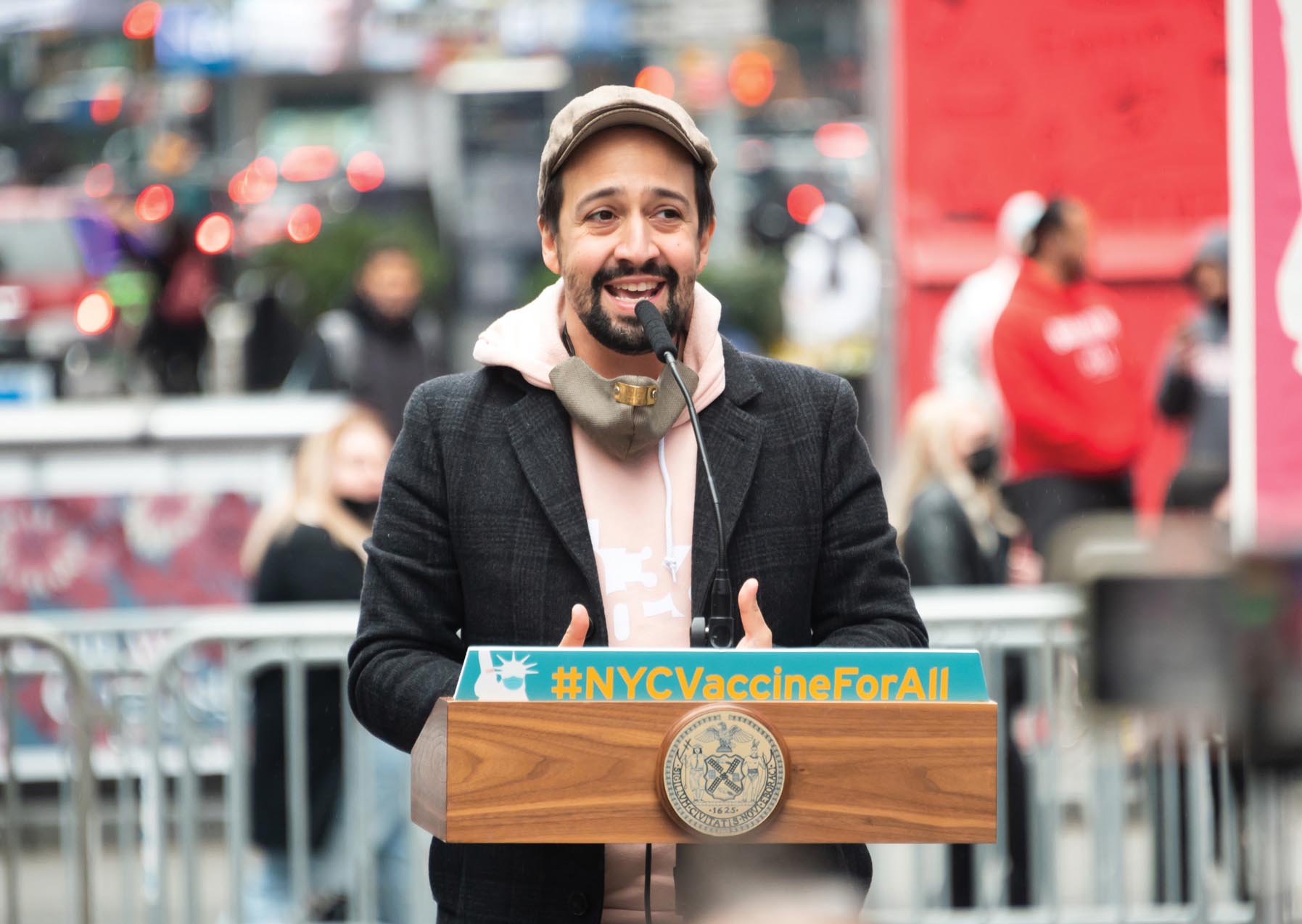
Almost exactly one year after epidemiologists began to worry about the possibility of a worldwide pandemic, Sandra Lindsay, a nurse in New York City, became the first American who was part of a clinical trial to receive a COVID-19 vaccine. The availability of effective vaccines gave a weary public hope that the virus would soon be eradicated or contained and that they could go back to their prepandemic lives. The manufacture and distribution of enough vaccines to deal with the virus worldwide would be a challenge, to be sure, but people could nonetheless see the light at the end of tunnel.
But human nature quickly changed these expectations. Many people refused to get vaccinated, resulting in the continued spread of the virus and the evolution of more contagious variants. Some refused the vaccine because they became convinced, aided by the spread of false information on the internet, that the risk of harm from getting the vaccine was greater than that of contracting the virus. Others fell prey to various conspiracy theories, including that the pandemic was a hoax perpetrated by “Big Pharma” in order to reap the financial rewards of vaccinating nearly the entire human population or that it was a means by which Bill Gates would be able to insert a microchip in everyone who got vaccinated. Many conspiracy theories can sound more than a little bizarre to those who don’t believe them, but the fact that they have appeal says something about human nature. You will encounter several of the psychological building blocks of conspiracy theories, and of effective tools of persuasion, in Chapters 4, 7, and 8.
As fate would have it, some individuals who adhered to these conspiracy theories, and some who refused to get vaccinated for other reasons, contracted COVID. Many became so sick they had to be hospitalized. Did they change their beliefs about vaccination as a result? Not necessarily. In fact, it was not uncommon for such people to deny that they had COVID, insisting to medical staff that they had influenza or pneumonia. Beliefs that are contradicted by strong counterevidence are known to produce what social psychologists call cognitive dissonance, a phenomenon you will read about at length in Chapter 6. When people take an action because of a given belief, encountering evidence that runs counter to that belief produces psychological distress. The distress can be reduced by doubling down on the belief—becoming more certain that it was correct and making the person more resistant to efforts on the part of others to change the belief in question. This increased certainty justifies the prior unwillingness to take action to avoid the illness.
To social psychologists, one of the most remarkable developments during the pandemic was the extent to which people’s reactions to it became attached to political orientation. In the United States, liberals and Democrats were more likely to follow public health recommendations, and conservatives and Republicans were more likely to resist them. This is surprising in many ways because, as you’ll read in Chapter 10, groups (like the population of a country) tend to become more unified when facing a common threat. The virus is just such a threat, but unity has been hard to find—even though the response to a virus or a vaccine would not seem to be politically freighted.
Beyond politics, there have been other marked group differences in compliance with public health instructions. People living in some geographical regions of the United States and around the world were much more likely to comply than residents of other regions. And among rich countries, COVID rates were as much as ten times higher in some countries than in others. Some of these geography-related differences are associated with what is called the tightness or looseness of cultures. In some societies, the prevailing norms are very explicit and powerful, and people are very inclined to follow them. Social psychologists consider these societies “tight.” In other, “loose” societies, the norms are weaker, and compliance is less certain. Social psychologists have identified which countries are tight, which are loose, and why they have come to differ on this dimension.
As we hope you’ll see from reading this book, dealing effectively with nearly all of the most pressing problems facing the world today—including climate change, growing income inequality, the rise of ethnocentrism and ethnonationalism, and the transformation of work and its implications for human identity—requires an understanding of social psychology. ◼